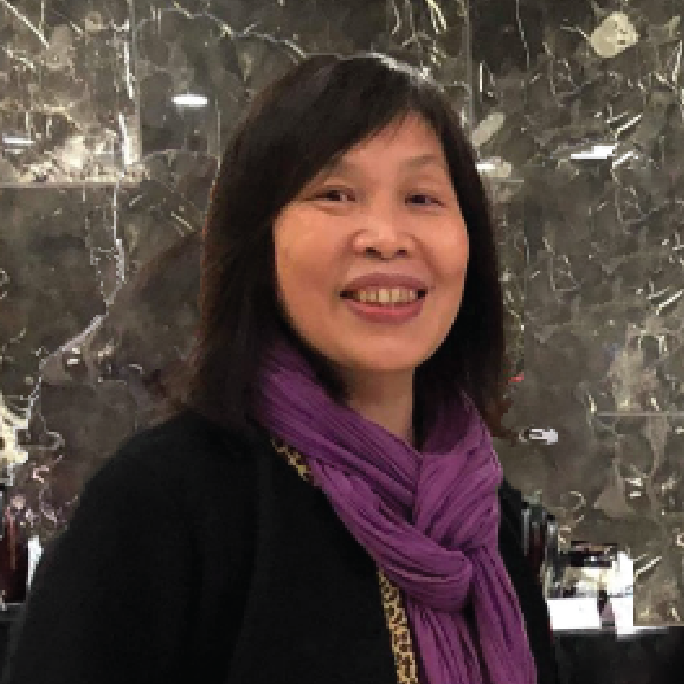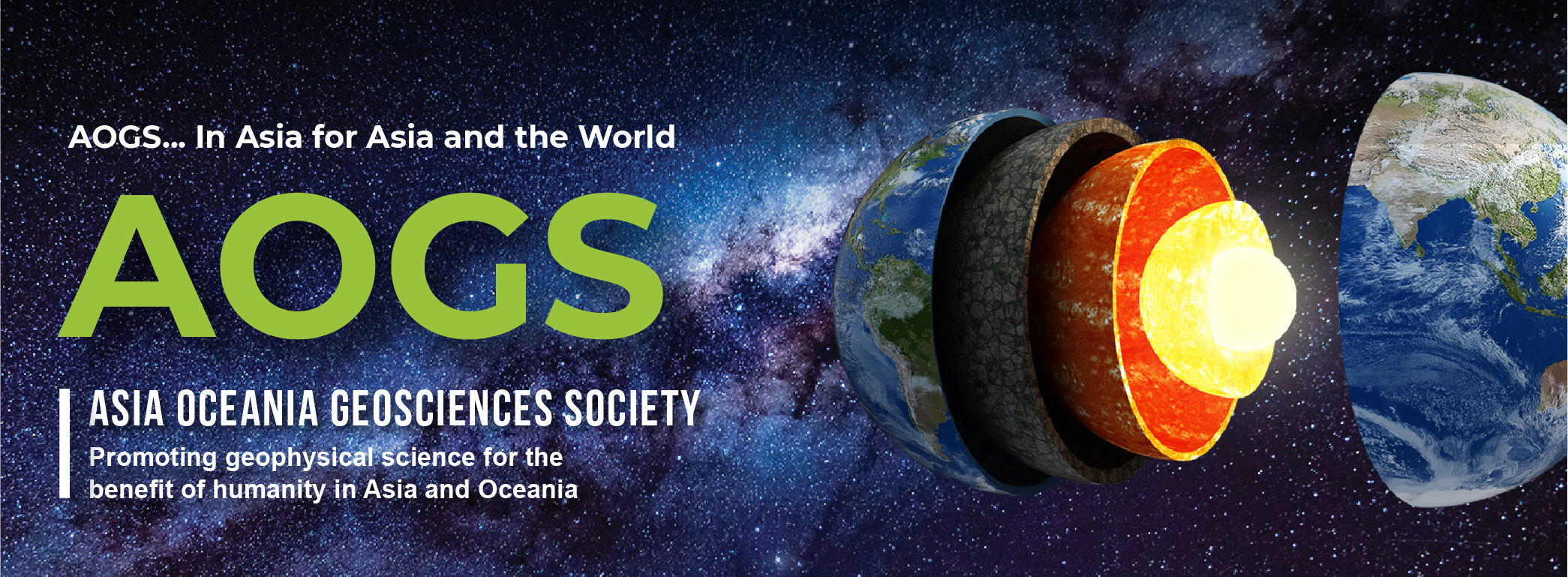
AOGS Axford Medal Award Recipient

2020-2021
2021 AOGS Axford Medallist
Professor Kuo-Fong Ma
Institute of Earth Sciences (IES), Academia Sinica
Earthquake – Disaster & Risk Evaluation and Management (E-DREaM) Center, National Central University
The most extensive scientific contribution from Kuo-Fong Ma could be classified into several topics, (1) for the understanding of physics of earthquakes through deep scientific drilling (Ma et al., Nature, 2006), (2) on the innovative seismic data analysis of discovery on isotropic events from fault zone in-situ borehole seismometers (Ma et al., Science, 2012), and (3) for the integration study in seismic hazard mitigation toward Taiwan Earthquake Model (TEM). For the first, it was the first ever identified slip thickness of a single event, which is an important parameter to give the constraint to understand the total earthquake energy budget. The discovery was possible due to the success of the Taiwan Chelungpu-fault Drilling Project (TCDP) after the 1999 Chi-Chi earthquake, and the TCDP is also the most comprehensive study on fault zone dynamics. Secondly, the only ever in-situ fault zone borehole seismometers in the world discovered the possible fault zone related natural hydraulic fracturing events as identified to be isotropic events published in Science (2012). The fault zone in-situ borehole seismometers were installed after the success drilling of TCDP. A 1.3 km deep 3-component vertical array was deployed across the identified slip zone of the Chi-Chi earthquake. The isotropic events are the first ever observed events, which had shown to be related to the fluid or gas flow in the permeable zone caped by the impermeable slip zone from the recent large slipped earthquake. This process might be related to fault zone healing process, and also give the possible evidence on the geological observation of non-shearing tectonic structure in fault zone. Thirdly, for more than a decade of effort in fault zone kinematics and dynamic study after the 1999 Chi-Chi earthquake from TCDP in 2004, I decided to feed back our knowledge in geology and seismology to the society. Thus, in 2013, I proposed to form a team as Taiwan Earthquake Model (TEM) and to be a public sector of Global Earthquake Model. The integration study on earthquake hazard, risk and social-economy impact toward the Taiwan Earthquake Model (TEM) provides the platform for the dialog among geologists, seismologists, and engineers, and bring the earthquake science knowledge toward policy making. Several years of effort to establish the studies of earthquake slip distribution, scaling law of finite-fault and methodology toward full-waveform simulation through wave-propagation (see details in publication list) are now, finally, unified to give the ground motion prediction for seismic hazard probability analysis. Kuo-Fong Ma has long-term close collaboration internationally through her career and is grateful to have tremendous assistances from Asia-Oceania countries. The close international collaboration continued through the exchange of scholars and students, focus workshops, and conferences. The achievements are only made possible through the inspiration with many of my outstanding former students, and great mentors of international scholars through years.
